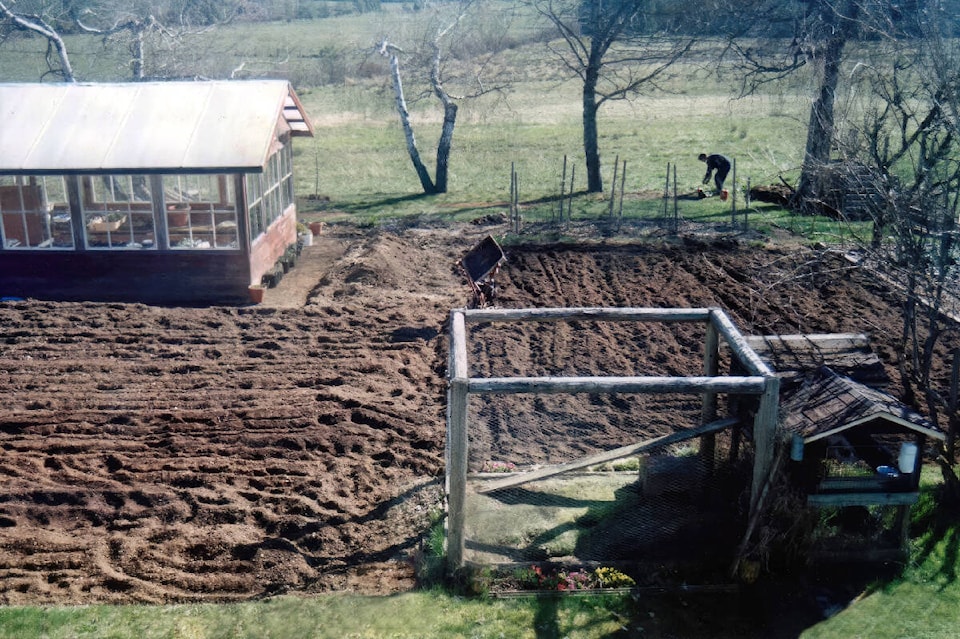By Leslie Cox
Special to the Record
Picking up the conversation on using cardboard as a mulch in our gardens…
I am sure a few readers of this column were surprised to learn there is some controversy about its use in the garden. Especially those of you who follow the permaculture philosophy.
Let’s face it. Whether you peruse the gardening section in the bookstore, local library or search the internet, probably 99.8 per cent of the information on how to build a garden bed, raised or not, recommends starting with cardboard or newspaper.
I freely admit I used newspaper when I built my island bed and made the beds in front of the house wider… all of which had to happen because I am seriously addicted to buying plants and seeds. And I purposely used it because I remembered what a grunt job it was lifting the sod on roughly a third of our backyard, even with the rented machine.
And as a weed suppressant, cardboard and newspaper are pretty hard to beat. Especially since they do help the soil’s overall composition as they break down. (Best not to rely on them to completely suppress the tougher weeds, such as morning glory and vinca. And forget about them making too big a dent in that patch of horsetail.)
So, majority rules, right? If every piece of information you come across points to cardboard and newspaper being a good thing for your garden, and even for your soil, then it must be true.
Unless you come across a book or article with a title that catches your eye like this one: “Cardboard does not belong on your soil. Period.” That one certainly made me stop and click to open the website page and read further. But I wrote all about that in my last column and am not going to go into it much more again in this column.
The point I am trying to make is that following a certain method of gardening, such as using cardboard and newspaper, for instance, just because most people use it, may not make it the right method. Even the right method can have some flaws. And the scientist with a PhD in horticulture who has extensively tested countless soil samples and researched volumes of scientific data very effectively pointed a few flaws out.
I hazard a guess there are gardeners who do not adequately understand what really goes on underground in our garden beds. Heck, not even the soil scientists do but they understand more than some of us, especially since they have the scientific equipment to assist them. And while we focus on the beetles and wireworms that we can see, they are able to focus on the real workhorses in the soil – bacteria, protozoa, nematodes and fungal filaments… although, there are some species of the latter two which are big enough for us to see.
It is these creatures who do an incredible amount of good in our soil that Dr. Linda Chalker-Scott of Washington State University focused on in her soil tests on the cardboard issue. And she consistently found their numbers were reduced in samples collected from under cardboard, which also coincided with test results of lower oxygen levels in the same samples.
The more years I garden, the more I think we should look to nature. How does nature develop sustaining soil? Isn’t it through layers of decaying branches and trees topped by inches of deciduous leaves? After all of that has been worked over by the soil organisms, it feels quite spongy underfoot, doesn’t it? Just what we lust for in our garden beds.
Well, there is a form of gardening that basically mimics the natural procedure. It’s called Hugelkultur. Stay tuned.
Leslie Cox co-owns Growing Concern Cottage Garden in Black Creek. Her website is https://duchessofdirt.ca/
